May there be a Lot of Light in 2021!
The tradition of lighting candles and lamps during various festivals around the world, all have behind them the figurative significance of dispelling the darkness of the mind and ushering in wisdom.
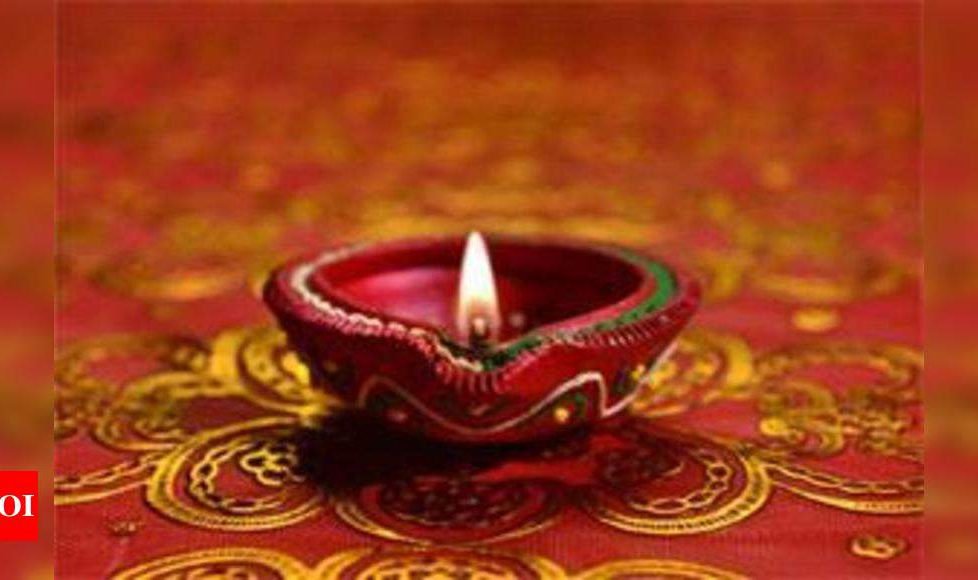
The tradition of lighting candles and lamps during various festivals around the world, all have behind them the figurative significance of dispelling the darkness of the mind and ushering in wisdom.

I love lamps – the flame burning steadily like a luminous golden pearl calms my mind and brings serenity. So much so that my puja niche is in the kitchen where I keep the lamp burning all day and night if possible. I guess all of us love lamps, but my love borders on obsession. Even in my most rebellious years when I shunned every form of religious ritual, the lamp was kept burning in the puja niche. Naturally then, the festivals of light took precedence over others in my scheme of things. Both Deepavali and Kartigai have remained my favourites since childhood. Lighting as many earthen lamps as I could made me feel so happy that I felt light as a feather as long as they burned. And when they went out, they left their glow in my heart and it lingered for a long time.
So I thought of sharing a post on lights – Festivals of Lights around the world to be precise.
The mention of festivals of lights in India usually brings to mind Deepavali, Kartigai or other regional festivals that predominantly have lamps. But what about the world? Are there festivals elsewhere, that have light as their focal point? I began looking for them and what a pleasant discovery it was, especially when I found a Thai festival in which lamps are floated in rivers, much like the ones we float in our sacred rivers of Ganga and Narmada! There were other surprises too. Read on to find out more.
Without much ado, let me list out the gorgeous festivals!
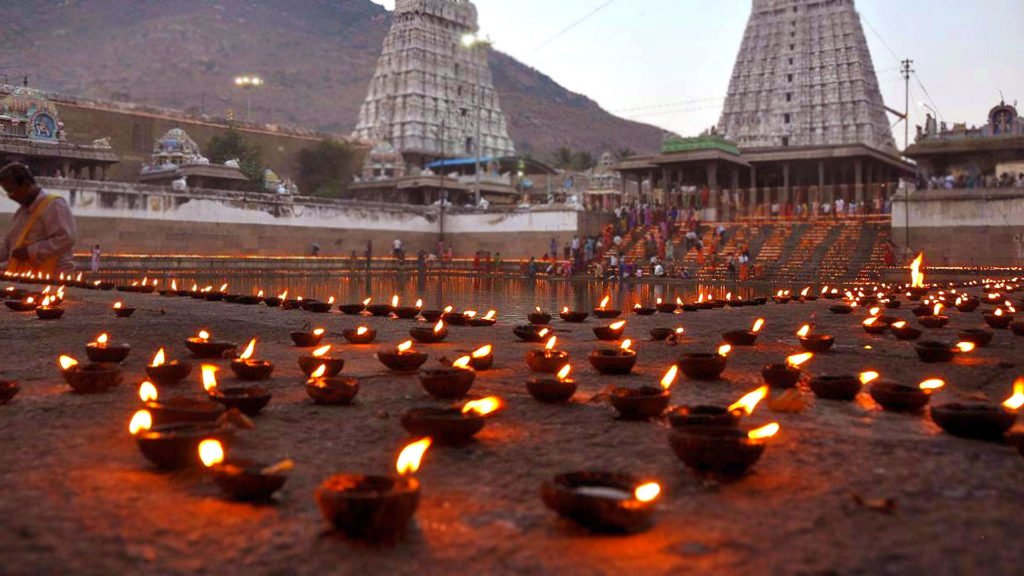
Deepavali and Karthigai:
In India, Deepavali is the major festival of lights followed by Kartigai and I begin the round-up with these. we all know all about them, but if you want to know more about them, you can read about them here and here.

Loi Krathong:
This Thai festival falls on the evening of the full moon of the 12th month in the Thai lunar calendar (November). On this day ceremonial lamps are floated in the river. It looks absolutely divine even in the pictures on Google. Wonder how heavenly it would be in reality! This is naturally my favourite festival after Deepavali and Kartigai! For more info, read link.
Hanukkah:
This Jewish festival is celebrated by lighting the traditional menorah (candelabra), for a week. This year the Hanukkah week began on the eve of 24th. The menorah is left either in the doorway or window of the house. The festival commemorates the reclaiming of their sacred Temple by the Jews from the Greeks. It also celebrates the miracle of the oil that was left after the pillage. Just enough for a day, it miraculously lasted the entire week.
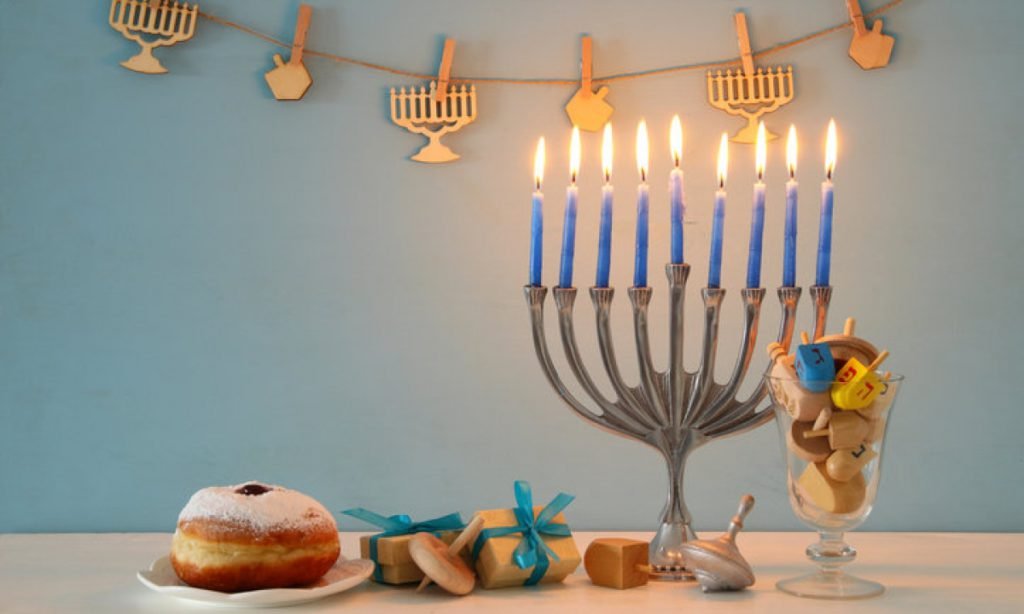
Christmas:
Though not a festival of lights, Christmas has metamorphosed into one over the centuries, with the Christmas tree, and both private and public spaces being lit up till New Year’s Eve. It is surprising to know that the festivities as we know them today have been adapted from many pagan rituals during the early centuries after Christ, when the converts to the new religion clung to their customs and traditions. Read about it here.
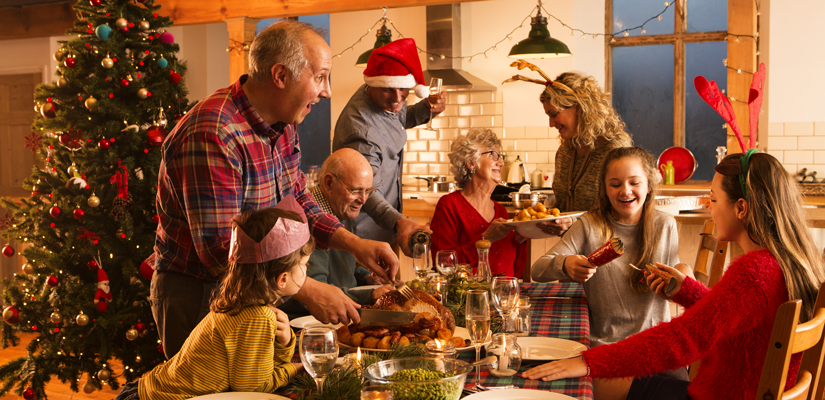
Many modern Christmas customs have been directly influenced by such festivals, including gift-giving and merrymaking from the Roman Saturnalia, greenery, lights, and charity from the Roman New Year, and Yule logs and various foods from Germanic feasts. (Wiki)
Kwanzaa:
I would never have heard about this one, had I not begun researching into the festivals of light. Created as recently as 1966 it is celebrated by African Americans in the US to commemorate African harvest traditions. Seven candles – representing the seven principles of Kwanzaa – are lit each night for a week starting from the 26th of December, reminiscent of the Hanukkah candles. More about it here.
St.Lucia Day:
This is a Scandinavian festival.
Saint Lucy’s Day, also called the Feast of Saint Lucy, is a Christian feast day celebrated on 13 December in Advent, commemorating Saint Lucy, a 3rd-century martyr under the Diocletianic Persecution, who according to legend brought “food and aid to Christians hiding in the catacombs” using a candle-lit wreath to “light her way and leave her hands free to carry as much food as possible”. Her feast once coincided with the Winter Solstice, the shortest day of the year before calendar reforms, so her feast day has become a festival of light.
Read about it here.

The Lantern festival:
This Chinese festival is celebrated on the last day of the fortnight of the Lunar New Year celebrations and its leitmotif is lanterns and light. It is known by many names like Shangyuan festival or the Yuanxiao festival, and falls in the months of February-March depending upon the Chinese lunar calendar. It is also one of the full moon night festivals.
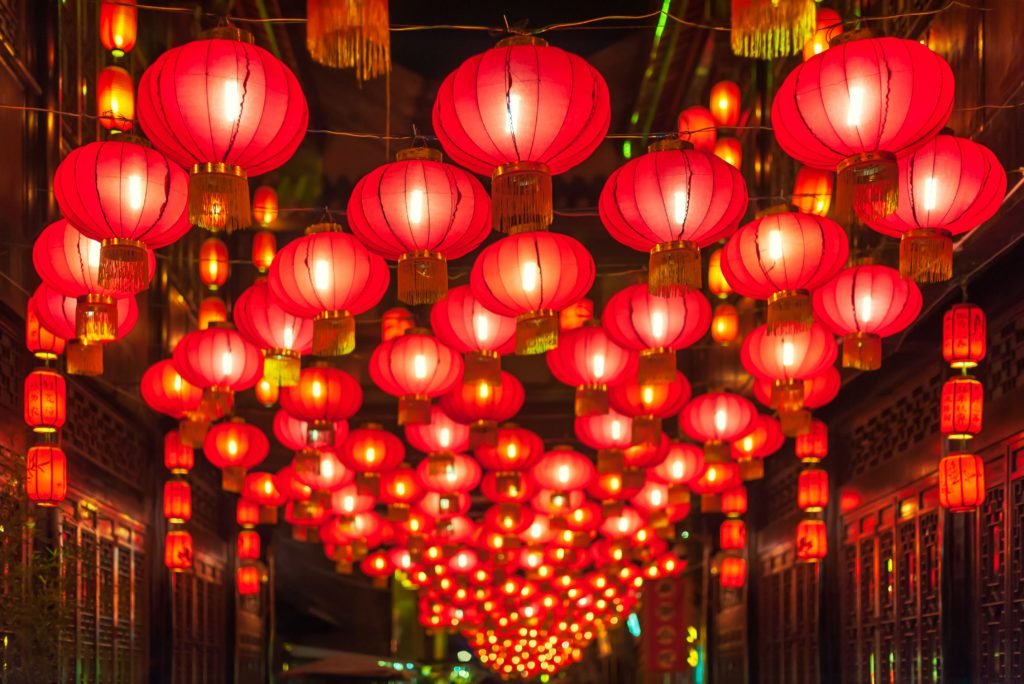
Watching Lanterns, Appreciating the bright full moon, Enjoying the family reunion, guessing lantern riddles, watching fireworks, performing dragon lantern dance, lion dance and walking on stilts form part of the celebrations. Read more about the festival here.
Nowruz (Nowroze)
Another festival of light that marks the end of winter and onset of spring, is the festival of Nowruz or New Day celebrated by Parsis around the world. In Iran, the birthplace of Zoroastrianism, it is still celebrated by all, including Muslims to usher in the New Year. In a country whose official religion is Islam, everyone celebrates it regardless of their religious calling.

Bonfires and candles mark the festival. An interesting character in the entire celebrations is Haji Firuz, the traditional Zoroastrian fire-keeper – who plays the tambourine and appears with blackened face and arms as a fire-keeper would wont to be. You can find more info here.
Ramzan:
Now this was a surprise packet! Ever heard of Fanoos-e-Ramadan? Well, they are the lanterns that are lit during Ramzan. There are many versions of how this tradition originated but all versions assert that it did in Egypt during the Caliphate reign. Ramzan falls in the month of July and so we have a festival of lights in the middle of the year too! Read about the history of the Fanoos-e-Ramadan here.
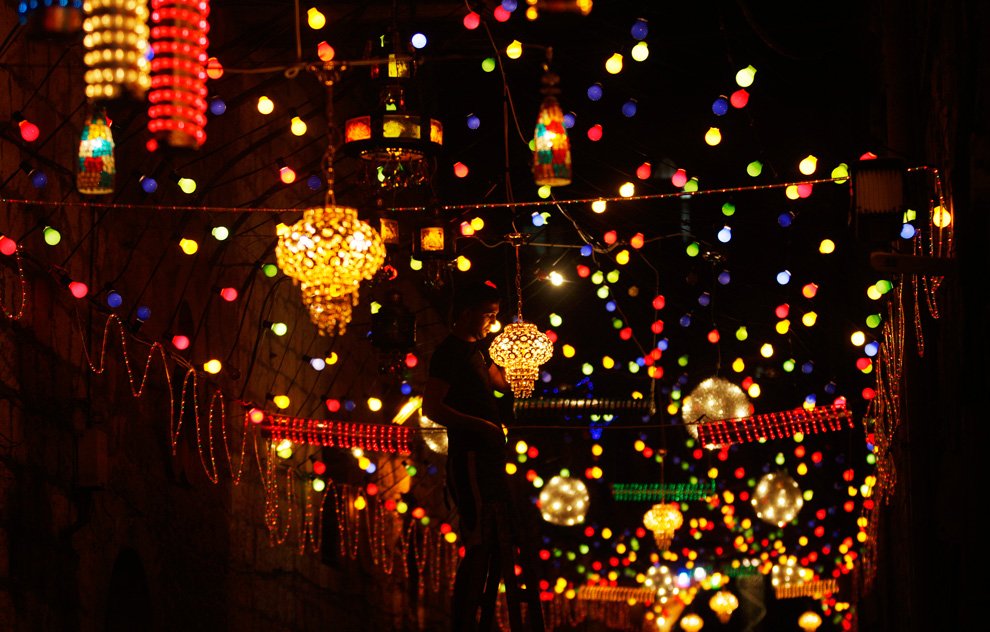
I am sure there are many more festivals of light both in India and around the world. Do share them with us!
Here’s hoping we have crossed the worst of the pandemic that ate up most of last year. May 2021 bring better and brighter days with good health and peace.
(A version of this post was first published in www.cybernag.in)
Images: https://www.thaibis.com/ https://www.thaibis.com/ https://learnenglishteens.britishcouncil.org/ https://www.xpressmoney.com/ https://www.history.com/
https://fezana.org/ https://studioquirk.com/ https://www.adotrip.com/ https://www.tripsavvy.com/ https://egyptianstreets.com/
DISCLAIMER: The author is solely responsible for the views expressed in this article. The author carries the responsibility for citing and/or licensing of images utilized within the text.
